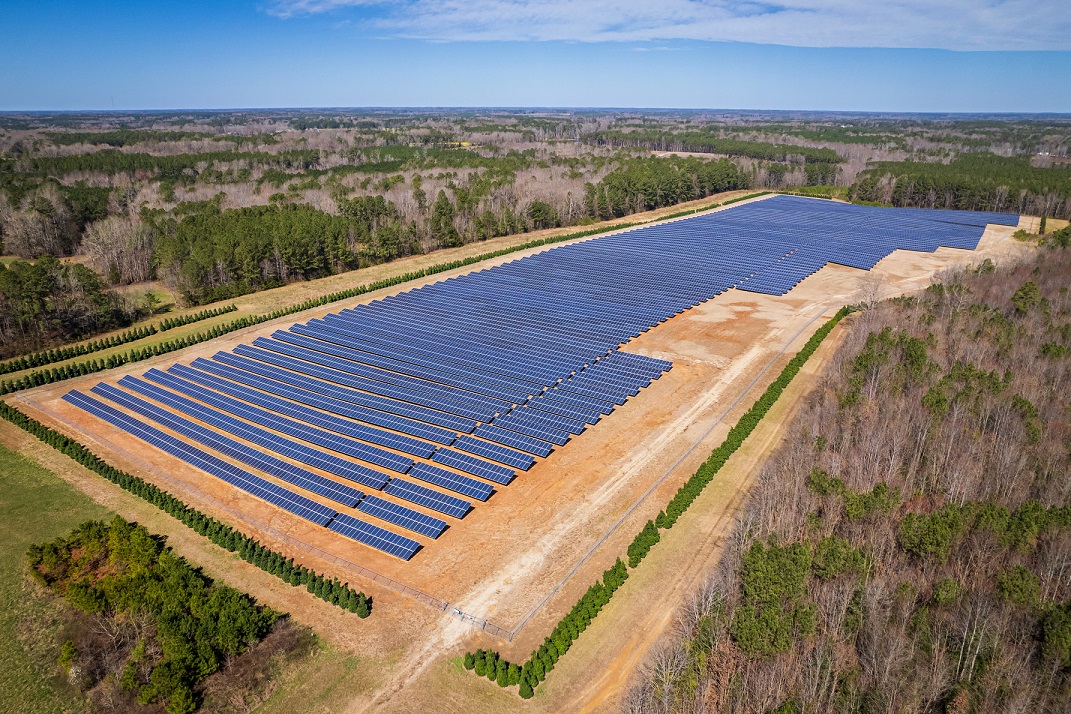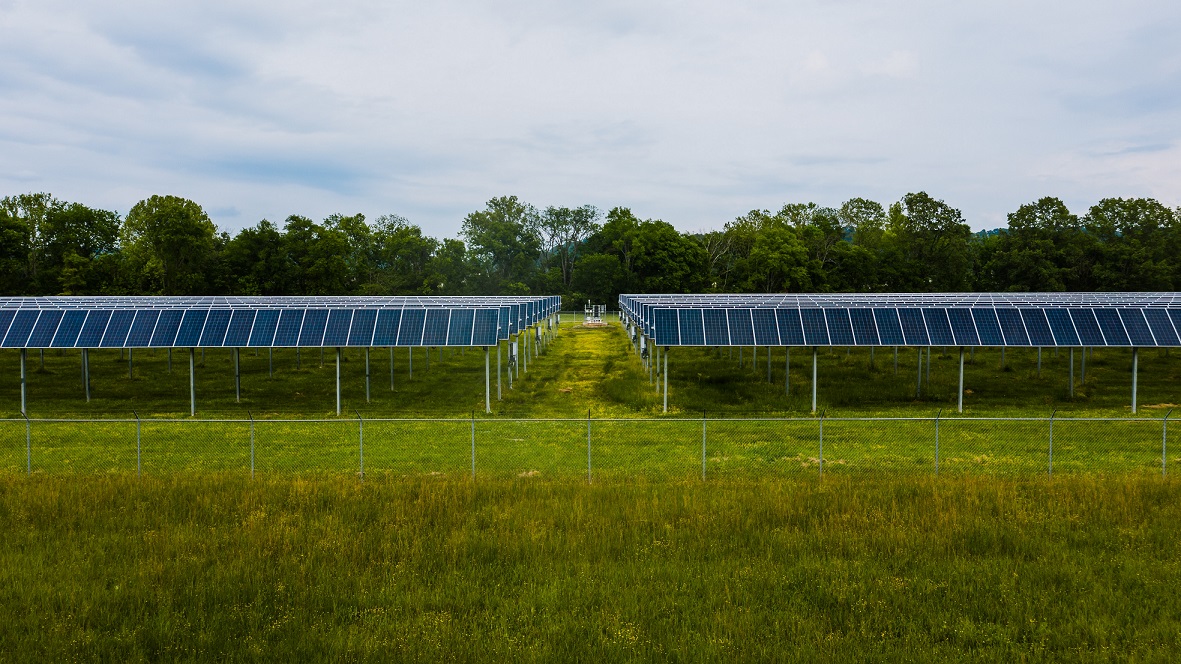Solar energy has emerged as a promising and environmentally friendly alternative to conventional energy sources. Harnessing solar power through photovoltaic systems has become increasingly popular for residential, commercial, and industrial applications. However, effective monitoring of solar energy production is crucial to ensure optimal performance, detect potential issues, and maximize energy efficiency. In this article, we will explore the importance of monitoring solar energy production, the tools and techniques used for this purpose, and the benefits of implementing a robust monitoring system.
Continue reading “Monitoring Solar Energy Production: Tools and Techniques”Category: Facts About Solar Energy
Solar Energy Measurement Units: Watts, Kilowatts, and Megawatts
Solar energy, a clean and renewable resource, has gained widespread recognition as a viable alternative to conventional fossil fuels. The conversion of sunlight into electricity is made possible through solar panels, but quantifying the energy generated requires the use of specific measurement units. This article explores the solar energy measurement units—watts, kilowatts, and megawatts—used to quantify the power output of solar panels and understand their energy generation capacity.
- Understanding Solar Energy Measurement Units:
Before delving into the specific units of measurement, it’s essential to grasp the concept of power and how it relates to solar energy. Power is the rate at which energy is generated, transferred, or consumed. In the context of solar panels, it represents the amount of electricity produced per unit of time.
The standard unit of power is the watt (W), named after the Scottish engineer James Watt. A watt is defined as one joule of energy transferred per second. This small unit becomes more practical for quantifying the power output of solar panels when expressed in larger multiples, such as kilowatts and megawatts.
Continue reading “Solar Energy Measurement Units: Watts, Kilowatts, and Megawatts”Evaluating the Efficiency of Solar Panels: How to Measure Output
Solar energy has emerged as a viable and sustainable alternative to traditional energy sources, and solar panels are at the forefront of this revolution. These panels convert sunlight into electricity, but their efficiency can vary based on several factors. Understanding how to evaluate the efficiency of solar panels and measure their output is crucial for maximizing energy generation and making informed decisions about solar installations. In this article, we will explore the key aspects of measuring solar panel output and evaluating their efficiency.
Continue reading “Evaluating the Efficiency of Solar Panels: How to Measure Output”Solar Thermal Energy: Harnessing Heat from the Sun
Solar energy is not only valuable for generating electricity through photovoltaic systems but also for harnessing heat through solar thermal energy. Solar thermal technology utilizes the sun’s heat to provide a wide range of applications, including space heating, water heating, and industrial processes. In this article, we will explore the concept of solar thermal energy, its various applications, advantages, and its role in sustainable energy production.
Continue reading “Solar Thermal Energy: Harnessing Heat from the Sun”Solar Energy and Climate Change Mitigation: A Powerful Solution
Climate change is one of the most pressing challenges of our time, and finding effective solutions to mitigate its impacts is crucial for the well-being of our planet and future generations. Solar energy has emerged as a powerful tool in the fight against climate change, offering significant benefits in reducing greenhouse gas emissions and transitioning to a sustainable energy future. In this article, we will explore the role of solar energy in climate change mitigation and the potential it holds for a low-carbon economy.
- Clean and Renewable Energy Source:
Solar energy is a clean and renewable source of power that generates electricity by harnessing the energy from the sun. Unlike fossil fuels, which release carbon dioxide (CO2) and other greenhouse gases when burned, solar power generation produces zero emissions. By utilizing solar energy, we can reduce our dependence on fossil fuels and significantly lower the carbon footprint associated with electricity generation.
Continue reading “Solar Energy and Climate Change Mitigation: A Powerful Solution”The Role of Inverters in Solar Energy Systems
Solar energy has become a leading source of clean and renewable power, rapidly gaining popularity worldwide. As solar photovoltaic (PV) systems continue to expand, it’s essential to understand the critical role of inverters in these installations. Inverters play a crucial role in converting the direct current (DC) electricity generated by solar panels into alternating current (AC), which is the type of electricity used in homes, businesses, and the power grid. In this article, we will delve into the significance of inverters in solar energy systems, their types, functions, and how they contribute to maximizing energy efficiency.
Continue reading “The Role of Inverters in Solar Energy Systems”Net Metering: Balancing Solar Energy Production and Consumption
Net metering is a key policy that has played a significant role in the widespread adoption of solar energy. It enables solar energy system owners to not only generate their electricity but also contribute any excess power back to the grid. In this article, we will delve into the concept of net metering, its benefits, functioning, and the impact it has on balancing solar energy production and consumption.
Understanding Net Metering:
Net metering is a billing arrangement that allows solar energy system owners to receive credit for the electricity they generate but do not consume, which is fed back into the grid. Under this arrangement, a special net meter is installed to measure the flow of electricity in two directions: from the grid to the consumer and from the consumer’s solar panels to the grid.
Continue reading “Net Metering: Balancing Solar Energy Production and Consumption”Solar Energy Storage: The Role of Batteries
Solar energy has become a leading source of clean and renewable power, revolutionizing the way we generate electricity. However, one of the challenges of solar energy is its intermittent nature. The sun doesn’t shine 24/7, and energy demand fluctuates throughout the day. This is where energy storage systems, particularly batteries, play a crucial role. In this article, we will explore the role of batteries in solar energy storage, their benefits, types, and emerging technologies.
The Need for Solar Energy Storage:
Solar energy systems produce electricity when the sun is shining, but this energy may not always align with the demand for electricity. During periods of low energy demand or abundant sunlight, excess energy is generated and can go to waste if not stored or utilized effectively. Energy storage allows solar power to be captured and stored for later use, ensuring a reliable and continuous power supply even when the sun isn’t shining.
Continue reading “Solar Energy Storage: The Role of Batteries”Solar Energy Systems: On-Grid vs. Off-Grid
Solar energy has emerged as a sustainable and renewable source of power, revolutionizing the way we generate electricity. As the demand for clean energy increases, solar energy systems have gained significant popularity. When it comes to solar energy systems, there are two main types: on-grid and off-grid. Each system has its unique characteristics, benefits, and considerations. In this article, we will delve into the world of on-grid and off-grid solar energy systems, exploring their differences, applications, and implications.
On-Grid Solar Energy Systems:
On-grid solar energy systems, also known as grid-tied systems, are connected to the traditional electrical grid. These systems consist of solar panels, an inverter, and a metering system. The solar panels absorb sunlight and convert it into direct current (DC) electricity. The inverter then converts the DC electricity into alternating current (AC), which is the type of electricity used in homes and businesses.
Continue reading “Solar Energy Systems: On-Grid vs. Off-Grid”Solar Energy and the Environment: Benefits and Sustainability
Solar energy has emerged as a leading renewable energy source, offering numerous environmental benefits and contributing to a more sustainable future. As the world increasingly seeks cleaner alternatives to fossil fuels, solar power has gained prominence due to its positive impact on the environment. In this article, we will explore the environmental benefits of solar energy, its role in sustainability, and how it contributes to mitigating climate change.
Continue reading “Solar Energy and the Environment: Benefits and Sustainability”









